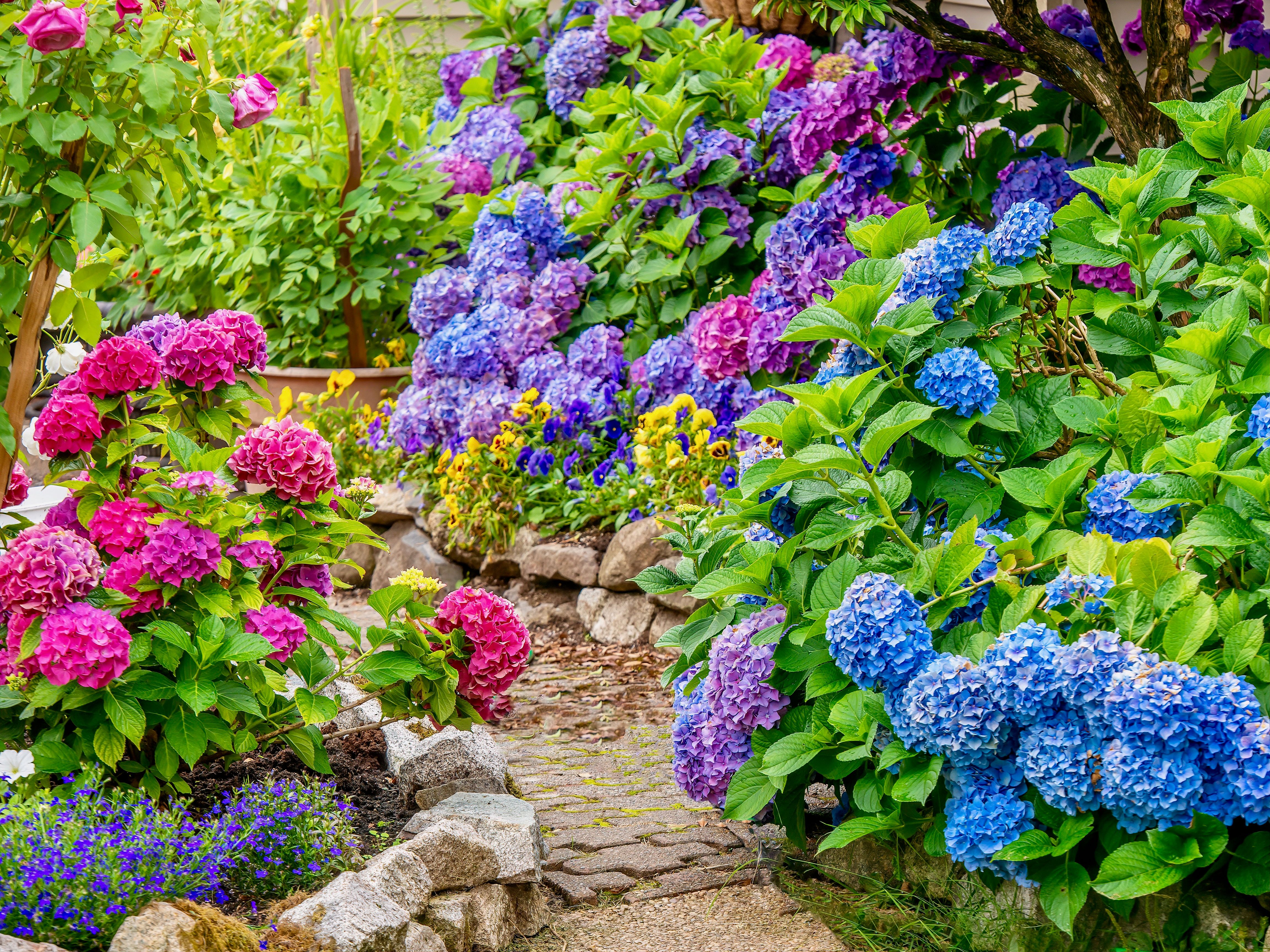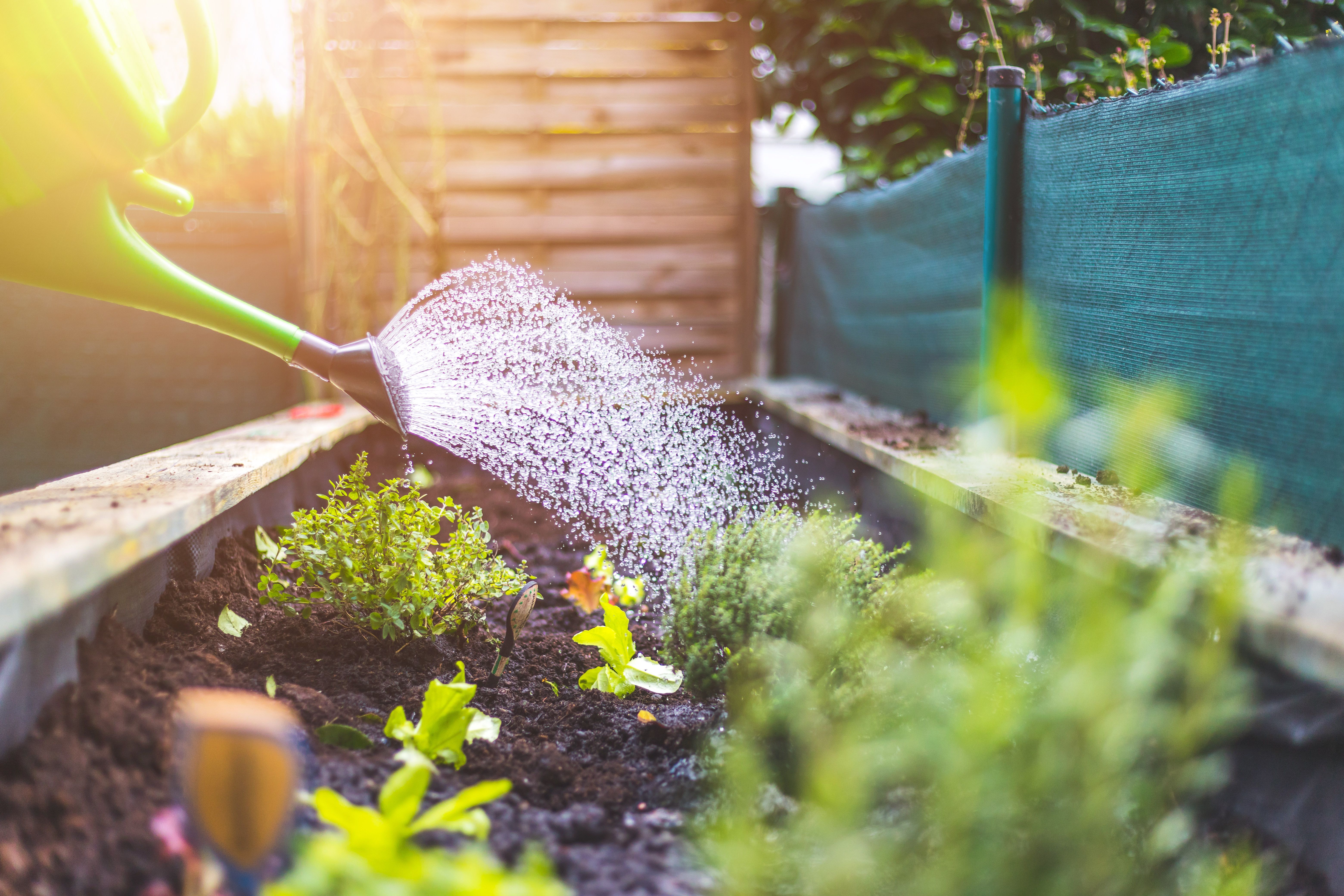Summer Landscaping Tips for Professionals
Understanding the Basics of Summer Landscaping
Summer is an exciting time for landscaping professionals as the vibrant season provides an opportunity to showcase creativity and expertise. However, the hotter months can also present challenges such as heat, drought, and increased maintenance demands. Understanding the basics of summer landscaping is essential to maintaining healthy and aesthetically pleasing outdoor spaces.

Choosing the Right Plants
Plant selection is crucial during summer to ensure the landscape thrives despite the heat. Opt for drought-resistant and native plants that are adapted to your region’s climate. These plants not only require less water but also tend to have a higher resistance to common pests and diseases. Consider succulents, ornamental grasses, and perennial flowers that can add both beauty and resilience to your design.
Efficient Watering Techniques
Water management is key during the summer months. Implementing efficient watering techniques can conserve water while ensuring plants receive the moisture they need. Drip irrigation systems are an effective solution, as they deliver water directly to the plant roots, minimizing evaporation. Additionally, watering early in the morning or late in the evening can further reduce water loss due to evaporation.

Soil Care and Mulching
Proper soil care is fundamental to successful summer landscaping. Start by testing the soil to determine its nutrient needs and amend it accordingly. Adding organic matter or compost can improve soil structure and fertility. Mulching is another important practice; it helps retain soil moisture, suppress weeds, and maintain a consistent soil temperature.
Creating Shade and Windbreaks
Incorporating shade and windbreaks into your landscape design can protect delicate plants from harsh sun and wind exposure. Use trees, shrubs, or structures like pergolas and trellises to create shaded areas that offer relief from intense sunlight. Properly positioned windbreaks can reduce wind speed and decrease evaporation rates, preserving soil moisture and protecting plants.
Regular Maintenance Practices
Regular maintenance is essential to keep landscapes in top condition throughout the summer. Tasks such as mowing, pruning, and pest control should be performed consistently. Mow lawns at a higher setting to promote deep root growth and prevent stress from heat. Also, monitor for signs of pests and diseases, addressing issues promptly to prevent them from spreading.
Enhancing Aesthetic Appeal
While functionality is important, aesthetics should not be overlooked. Incorporate colorful flowers, decorative stones, and water features to enhance visual appeal. Summer is a great time to experiment with bright colors and bold textures that highlight the vibrancy of the season. Remember that even small additions can make a big impact on the overall look of a landscape.
Conclusion: Planning for Success
Successful summer landscaping requires careful planning and attention to detail. By selecting appropriate plants, employing efficient watering techniques, maintaining soil health, and enhancing aesthetic appeal, professionals can create beautiful and sustainable landscapes. With these tips in mind, embrace the challenges and opportunities that summer brings to transform outdoor spaces into thriving havens.